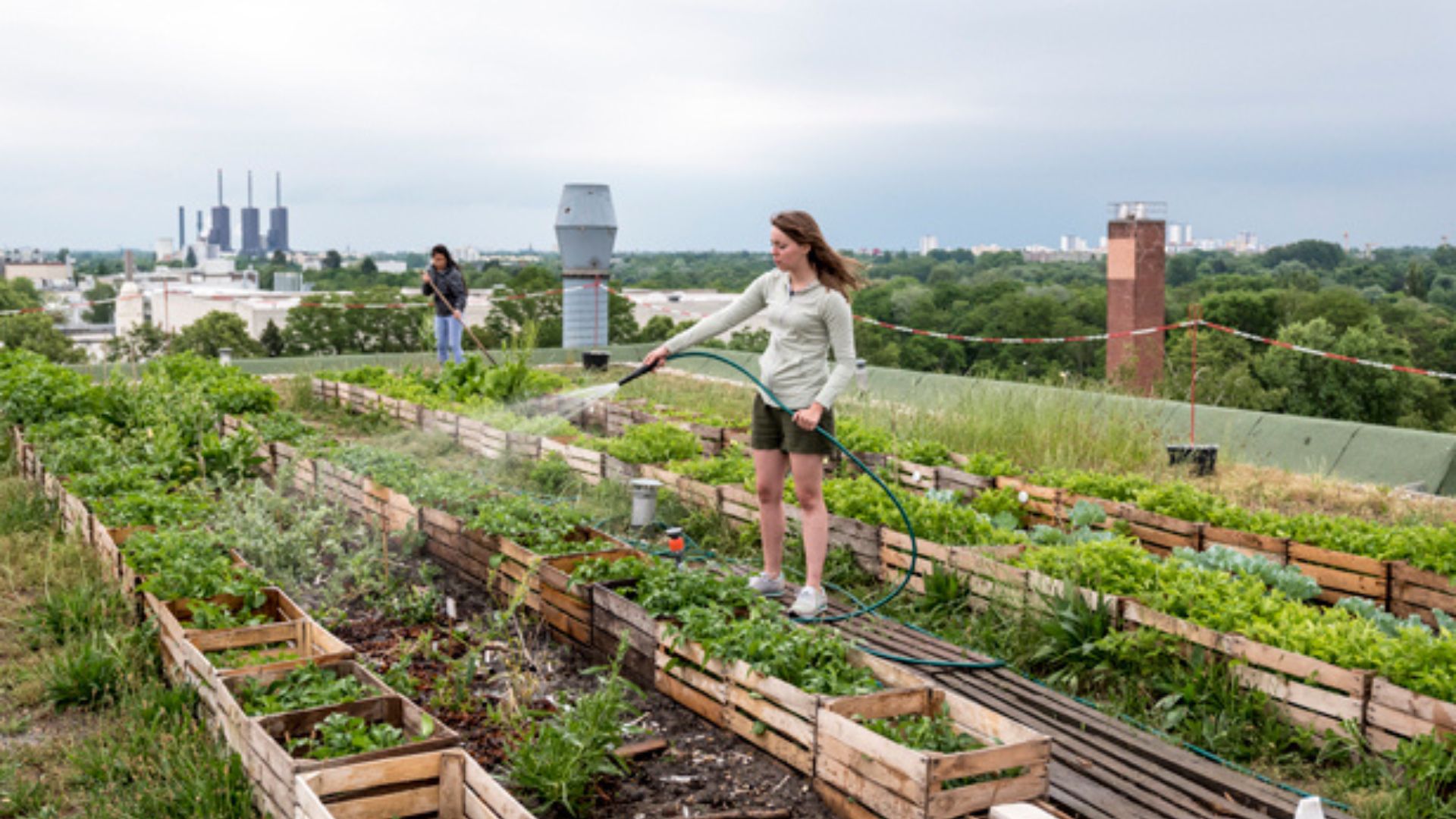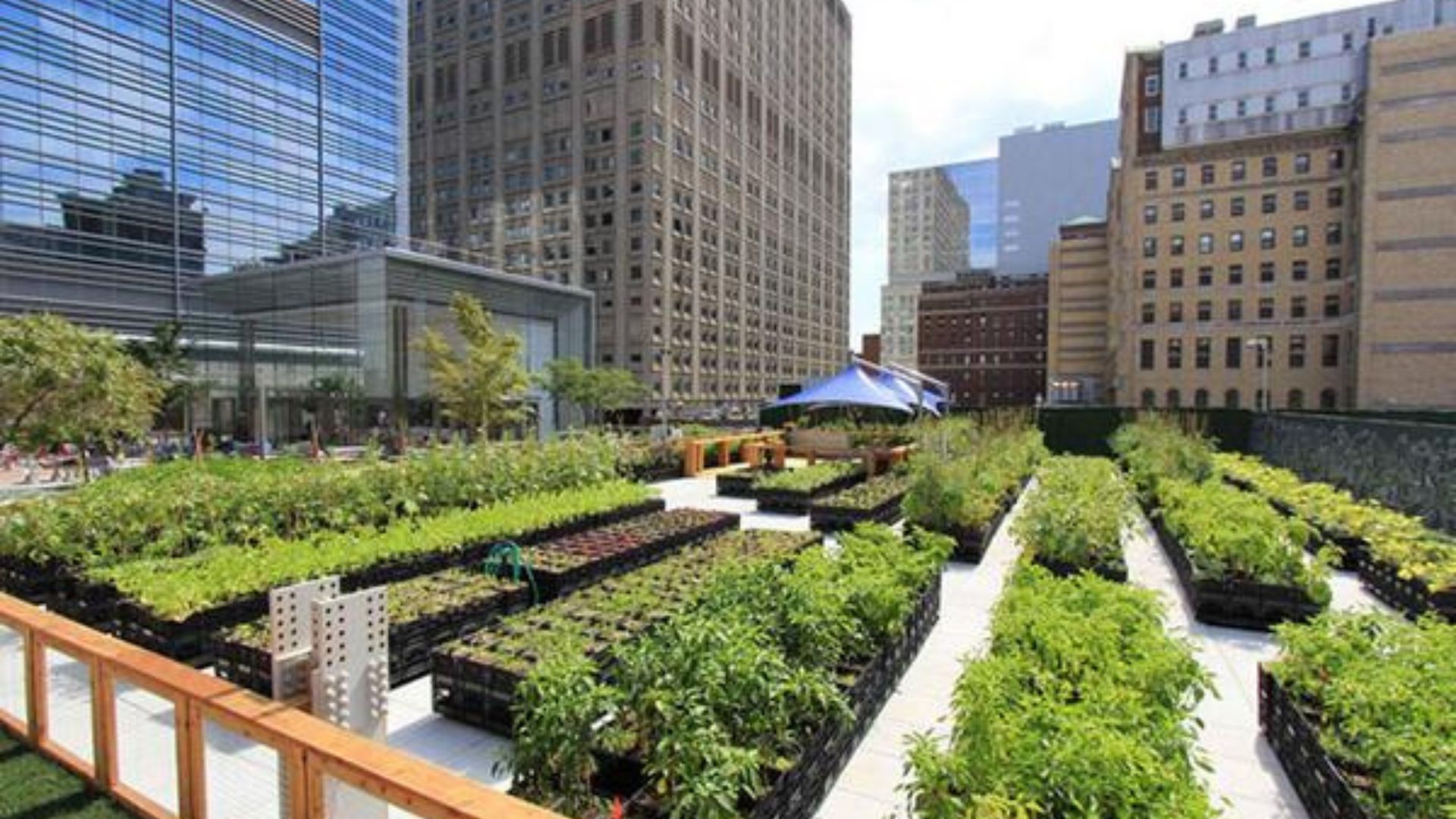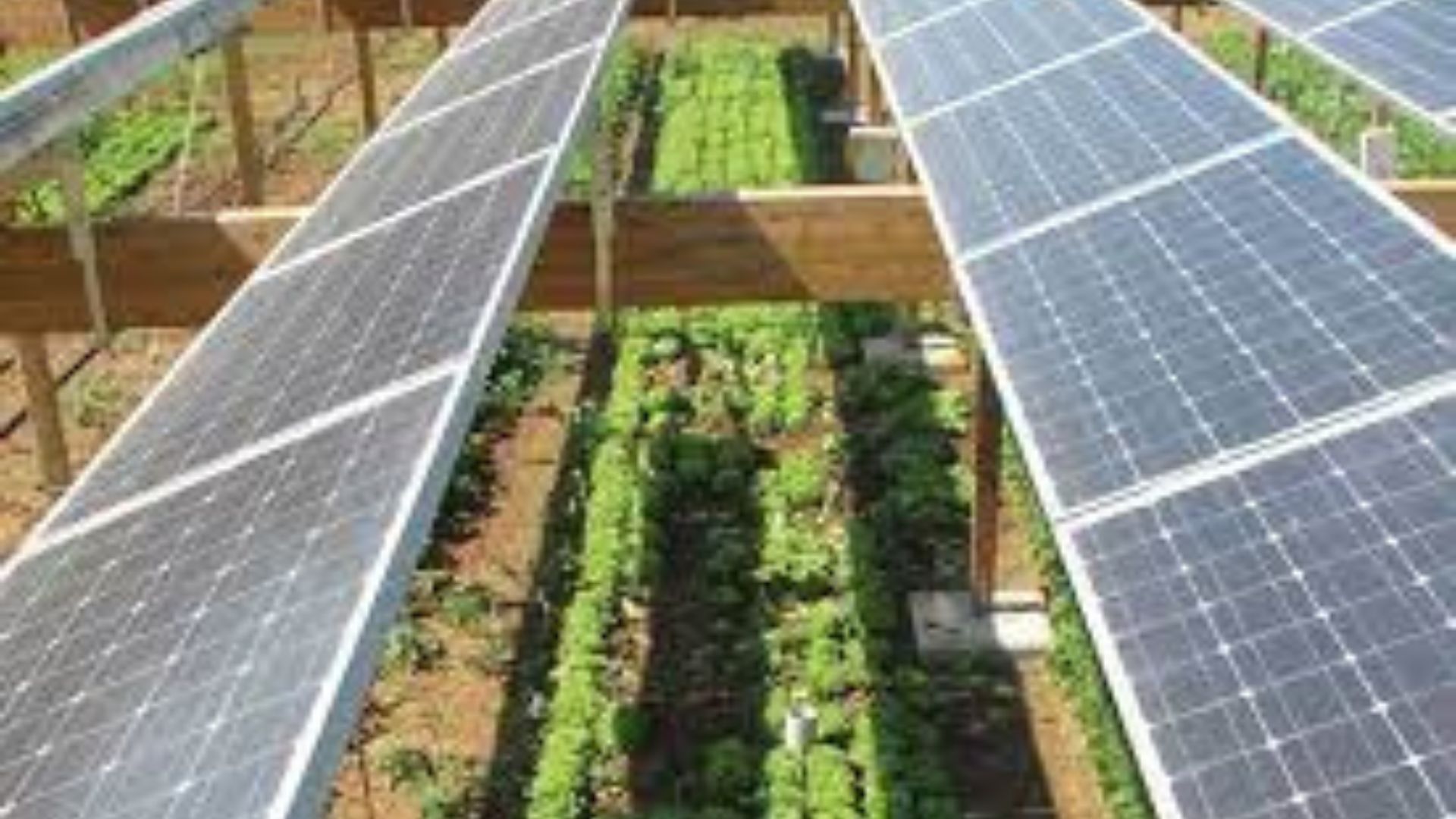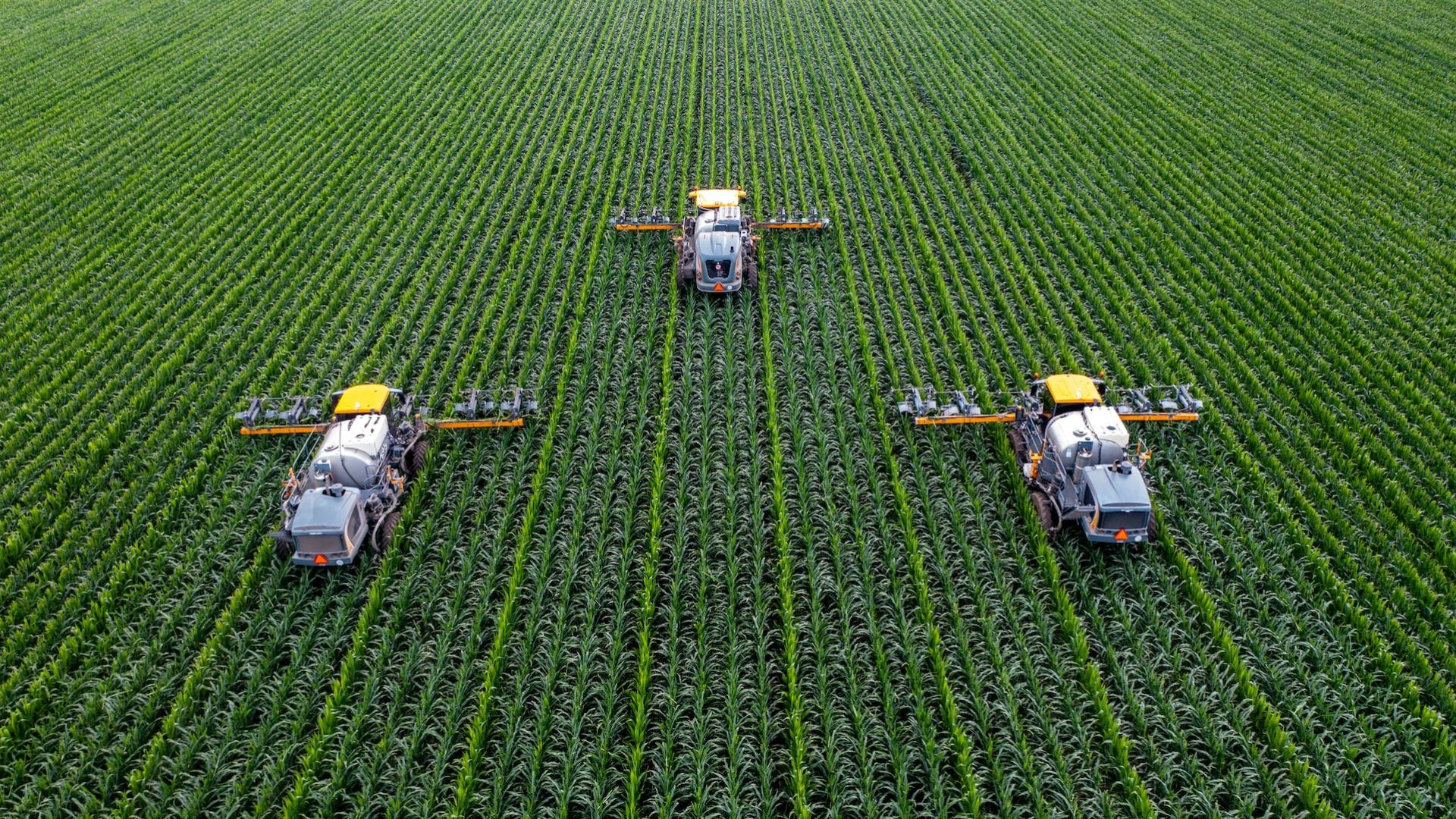Green farming is transforming cities worldwide. Urban areas benefit from green farming in many ways, including fresh food production, environmental protection, and community development. With limited space in cities, innovative techniques like rooftop gardens, vertical farming, and community plots allow residents to grow crops efficiently. By integrating green farming into urban planning, cities can improve food security, reduce pollution, and create healthier living environments.

Benefits of Green Farming in Cities
Urban areas benefit from green farming in both economic and environmental aspects. Cities can produce fresh vegetables and fruits locally, reducing dependency on long supply chains. This decreases transportation costs and lowers greenhouse gas emissions. Additionally, urban green farms improve air quality, reduce urban heat, and enhance biodiversity by attracting pollinators like bees and butterflies. Local communities also gain educational opportunities and access to healthier food options.
Economic Advantages
Green farming in urban areas creates jobs and supports small businesses. Farmers’ markets, community gardens, and rooftop farms generate income for local entrepreneurs. Urban agriculture can revitalize vacant lots, turning underused spaces into productive areas. By selling fresh, locally grown produce, urban farmers strengthen the local economy and provide affordable options for city residents.
Environmental Advantages
Urban areas benefit from green farming because it improves the environment. Green spaces reduce air pollution, absorb carbon dioxide, and cool city streets. Rooftop gardens and vertical farms minimize stormwater runoff, which reduces flooding. Planting diverse crops supports local wildlife and pollinators, helping maintain ecological balance. Additionally, urban farms encourage sustainable waste management through composting and recycling organic waste into fertilizer.
Key Practices That Make Urban Farming Sustainable
Several sustainable practices help cities maximize the benefits of green farming. These methods enhance productivity while conserving resources.
1. Vertical Farming
Vertical farming is ideal for limited urban spaces. By stacking plants in layers, cities can produce more crops per square meter. Vertical systems often use hydroponics or aeroponics, reducing water use and eliminating the need for chemical pesticides.
2. Rooftop Gardens
Rooftop gardens transform unused roofs into productive spaces. They provide fresh produce, reduce heat absorption, and improve air quality. Rooftop farms also offer community spaces where residents can learn farming skills and participate in growing food.
3. Community Gardens
Community gardens bring neighbors together to grow food collectively. These gardens enhance social cohesion, provide educational opportunities, and offer residents access to fresh, organic produce. Community gardens also teach sustainable practices such as composting, crop rotation, and organic pest control.
4. Hydroponics and Aquaponics
Hydroponics and aquaponics are water-efficient systems that allow urban farmers to grow plants without traditional soil. It uses nutrient-rich water, while aquaponics combines fish farming with plant cultivation. These systems conserve water, produce high yields, and can be implemented indoors, making them perfect for dense urban areas.
Tools and Technology
Modern technology supports urban green farming. Sensors monitor soil moisture, temperature, and nutrient levels. Automated irrigation systems conserve water and optimize growth. Drones and cameras help track plant health and detect pests early. Smart urban farms integrate software for scheduling planting, harvesting, and monitoring crop productivity.
Challenges of Urban Farming
Despite its benefits, urban green farming faces challenges. Space constraints limit large-scale production. Initial investment costs for rooftop gardens, vertical farms, or hydroponic systems can be high. Urban farmers also need training and technical knowledge to manage resources efficiently. Additionally, access to clean water and sunlight can be a concern in densely built areas.
Solutions
Urban areas benefit from green farming even with these challenges. Governments and local organizations can provide grants, training, and access to land. Community partnerships allow the sharing of resources and knowledge. Innovations like artificial lighting and vertical stacking overcome space and sunlight limitations. With proper planning and support, urban green farming is feasible and highly rewarding.
Conclusion
Urban areas benefit from green farming in multiple ways. Cities gain fresh, locally grown food, improved air quality, and economic opportunities. Sustainable practices such as vertical farming, rooftop gardens, community plots, and hydroponics maximize these benefits. By combining technology, community engagement, and innovative farming methods, cities can create resilient, eco-friendly, and productive urban environments. Green farming is no longer limited to rural areas; it is shaping the future of sustainable urban living.










